- About us
- Support the Gallery
- Venue hire
- Publications
- Research library
- Organisation chart
- Employment
- Contact us
- Make a booking
- Onsite programs
- Online programs
- School visit information
- Learning resources
- Little Darlings
- Professional learning

That principle of equity of access has ever since been a noble aspiration for all public art museums, as it is for us here at the National Portrait Gallery.
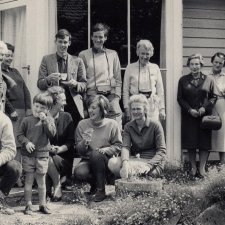
At a meeting by teleconference of the National Portrait Gallery Foundation last week, I found myself reporting that our forthcoming exhibition So Fine is going to be “a humdinger,” whereupon Tim Fairfax chuckled and said that he hadn’t heard that expression for years.
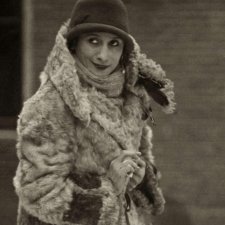
It is a painful truth, but one which must be faced up to, that the pavlova, that iconic Australian dessert, a staple since the 1930s, was actually invented in New Zealand.
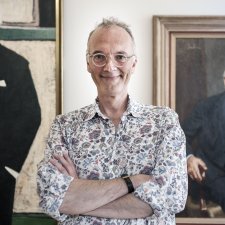
Fortunately, perhaps, there is no instruction manual for newly appointed art museum directors.
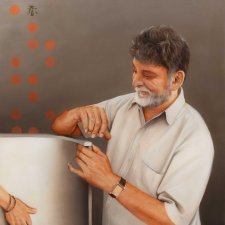
Eminent doctors and scientists have for more than a century consistently caused our nation to punch far above her weight.
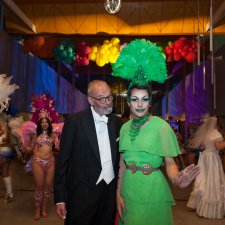
Last month we marked the twentieth anniversary of the formal establishment of the National Portrait Gallery, the tenth of the opening of our signature building, and the fifth of our having become a statutory authority under Commonwealth legislation.
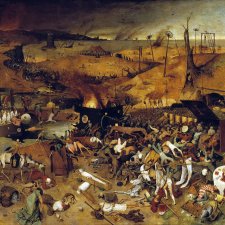
The best horror stories are real. A flea sinks its proboscis into the skin of a sick black rat, feeds on its blood, and ingests lethally multiplying bacteria.
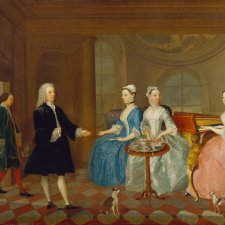
There is in the collection of the Yale Center for British Art in New Haven, Connecticut, an English painting, datable on the basis of costume to about 1745, that has for many years exercised my imagination.
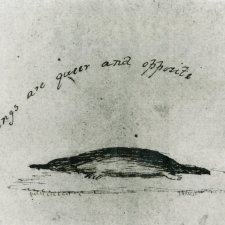
The southern winter has arrived. For people in the northern hemisphere (the majority of humanity) the idea of snow and ice, freezing mist and fog in June, potentially continuing through to August and beyond, encapsulates the topsy-turvidom of our southern continent.
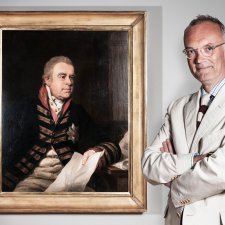
Portraits can render honour to remarkable men and women, but there are other ways.
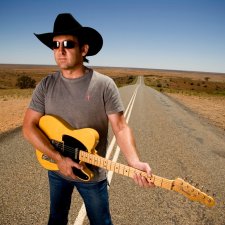
This month I turn fifty, soI am just now looking rather more closely than usual at Fiona Foley, Steven Heathcote, Brenda Croft, Russell Crowe, Jeff Fenech, Akira Isogawa, Lee Kernaghan, My Le Thi, Shona Wilson and Mark Taylor AO, mindful that they too were 1964 arrivals.
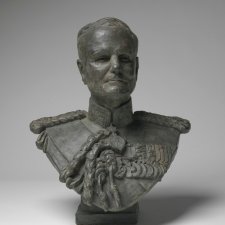
Just now we pause to mark the centenary of ANZAC, the day when, together with British, other imperial and allied forces, the Australian and New Zealand Army Corps landed at Gallipoli at the start of the ill-starred Dardanelles campaign.
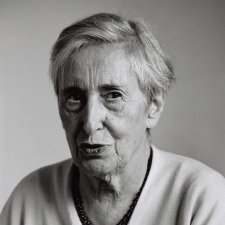
I first knew Dr. Hoff when in 1986, long after retiring from the National Gallery of Victoria, she taught a graduate seminar on Rembrandt.
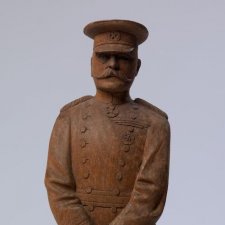
Once central to military strategy and venerated in patriotic households, Lord Kitchener is now largely forgotten.
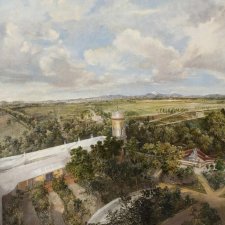
Several years ago I came across this curious painting on the racks in a distant, dusty corner of the store room in the basement of the Johannesburg Art Gallery in South Africa. Since then the mystery surrounding it has never been far from my mind.
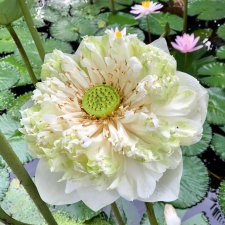
I spent much of my summer holiday at D’Omah, on the outskirts of Yogyakarta. Lotus and waterlilies sprout in extraordinary profusion in artful ponds amid palms and deep scarlet ginger flowers.